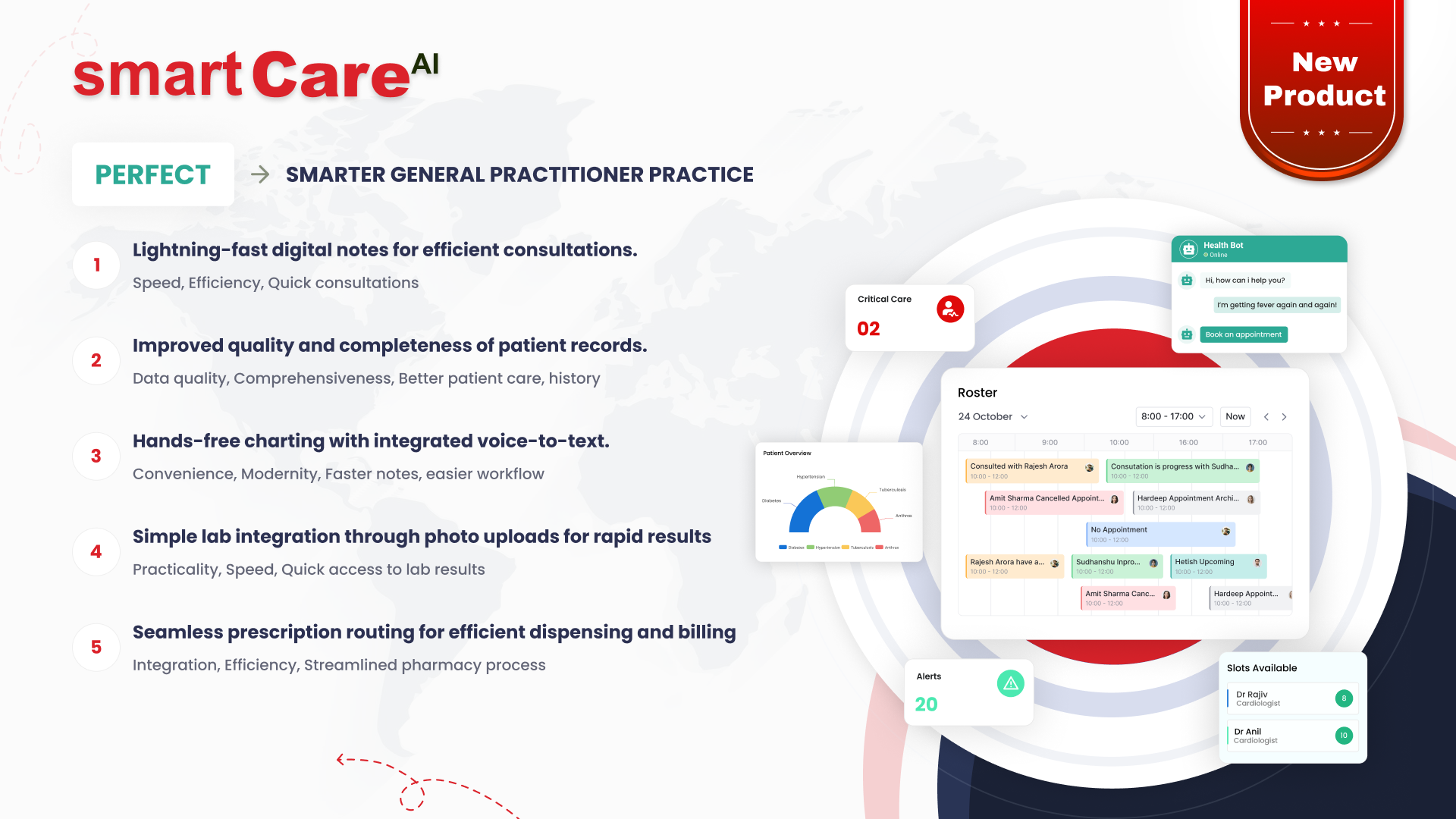Posted On July 15, 2025
Building a Scalable E-Commerce Platform for a Global Retailer
Building a Scalable E-Commerce Platform for a Global Retailer
When a global retail brand approached us, their challenge wasn’t uncommon.
They had grown fast, expanded across geographies, but their tech stack hadn’t kept up.
Multiple systems were stitched together, product data lived in silos, and their checkout experience was inconsistent across regions.
They didn’t just need a better website.
They needed a platform that could scale with them—operationally, regionally, and financially.
This is how we approached the problem.
-
The Problem Wasn’t Just Tech. It Was Structure.
Before writing a single line of code, we ran workshops with their teams in APAC, North America, and Europe.
The core issue?
Each region had its own product feeds, language rules, promotions logic, and delivery workflows. The company had outgrown its system, but also outgrown its internal alignment.
We mapped this into three categories:
- Business logic gaps
- Platform performance issues
- Operational inefficiencies
From there, we built a roadmap that aligned people and processes before platforms.
-
Building a Composable Architecture
We didn’t believe in ripping everything out. Instead, we proposed a composable architecture using:
- Headless CMS for content agility
- Microservices for payment, shipping, and user accounts
- Middleware APIs to connect legacy ERP and inventory systems
This allowed the client to modernise incrementally, without disrupting existing business operations.
-
Localisation Without Duplication
Each region needed:
- Currency-specific pricing
- Local payment gateways
- Language-based content
- Geo-specific offers and fulfilment rules
We engineered a central control panel where global administrators could define rules, while regional teams could localise independently.
This struck the balance between consistency and flexibility.
-
Checkout Optimisation for Conversion
One of the biggest leaks in any e-commerce system is checkout abandonment.
We built a smart checkout module with:
- Auto-detected shipping zones
- Dynamic delivery options
- Customisable tax and invoicing formats
- Integrated cart recovery logic across email and SMS
This alone improved conversions by 17 percent within three months of rollout.
-
Performance, Observability, and Scale
To make sure the platform could handle seasonal spikes and international campaigns, we integrated:
- Auto-scaling cloud infrastructure
- Real-time performance dashboards
- A/B testing modules for UX flows
- Embedded analytics for product performance across regions
We also set up monitoring and alerting systems to give their internal tech team complete observability—no more black box deployments.
The Outcome
Within 6 months:
- Regional teams gained autonomy without losing governance
- Average load times dropped by 43 percent
- Cart-to-checkout conversion improved significantly
- The client had a flexible, scalable, and maintainable stack ready for global expansion
More importantly, the platform was built with future flexibility in mind.
Final Thought
Scaling e-commerce isn’t just about better UX or faster hosting.
It’s about understanding the business’s DNA, its markets, and its internal workflows—and then building something that fits and grows with it.
If your e-commerce architecture is slowing down your growth or limiting your regional flexibility, let’s talk.
We’ve seen this story before. We know how to rewrite it.








